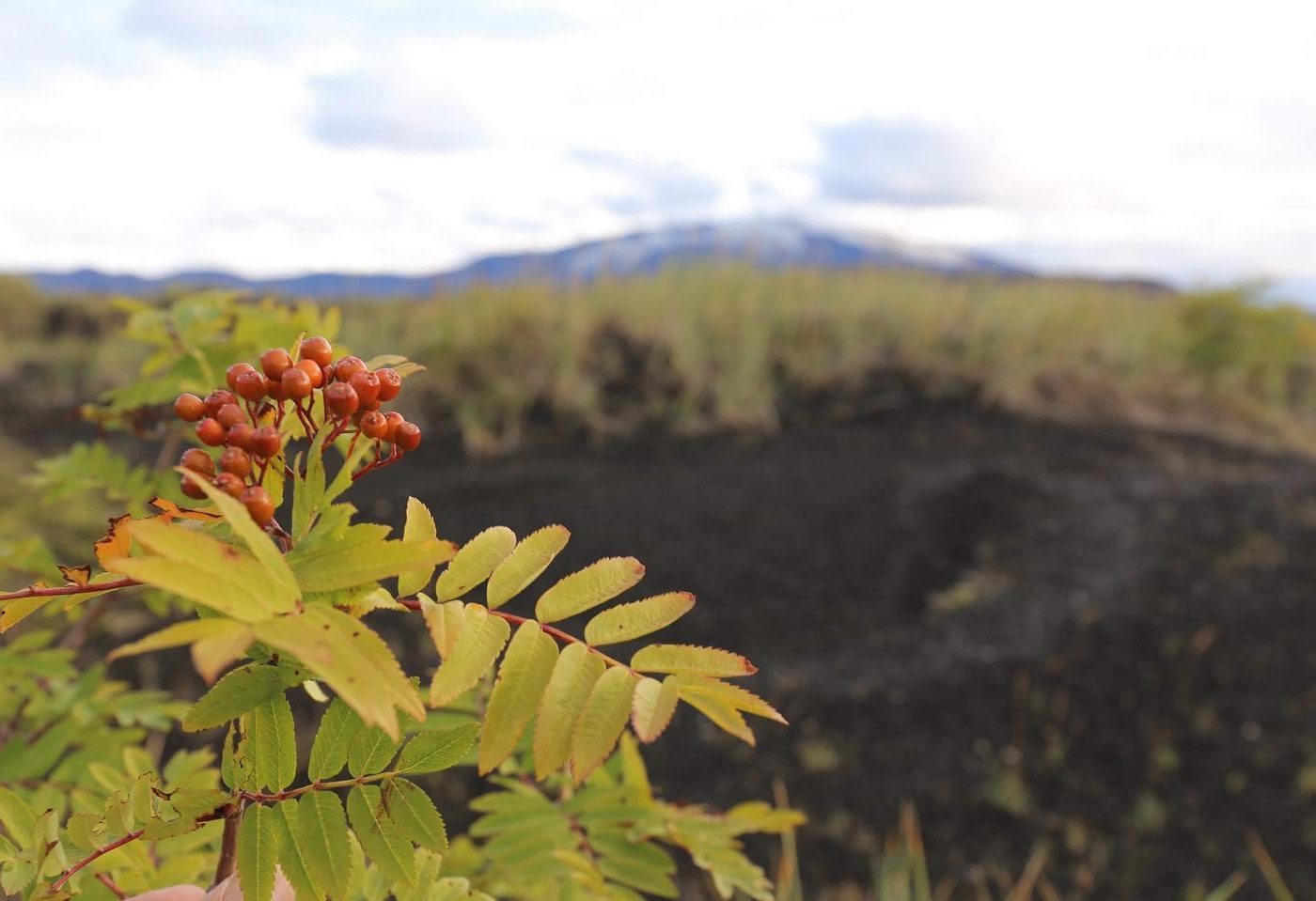Icelandic Forest Monitoring Largest Project
21st May 2024
Within the realm of research and development at Land and Forest Iceland, one of the primary endeavors is the Icelandic Forest Inventory project. Currently, they are undertaking a novel investigation centered on the ecosystem dynamics of mixed forests, with a particular emphasis on preserving biodiversity.


This is among of the findings of journalist Steinunn Ásmundsdóttir’s interview with Dr. Brynjar Skúlason, forestry geneticist and director of research and development at Land and Forest Iceland. The interview was published in Bændablaðið on 24 April.
The interview addresses the numerous projects currently underway in the institution's research and development department. These projects can be categorized into three primary types: 1. Practical research projects: These projects are designed to ensure successful outcomes in implementing land reclamation and forestry measures. 2. Basic research projects: These projects aim to accumulate general knowledge that will be subsequently be of use in practical applications. 3. Monitoring projects: These projects often serve to provide information to the government. They monitor various changes, such as those occurring in ecosystems that require attention, including the emergence of new pathogens that pose a risk of damaging vegetation.
In the interview, Dr. Brynjar mentions that the Icelandic Forest Audit is the most extensive undertaking of the R&D department. It evaluates the growth and upkeep of Icelandic forests, their contribution to carbon sequestration, and the overall size and growth of the forests. This is where the climate accounts are located.
Dr. Brynjar makes reference to the Land and Forest Iceland web portal for forest cover, which analyzes the distribution of both natural and cultivated forests in Iceland. Additionally, he mentions the Forest Carbon Calculator, which estimates potential carbon sequestration of forests across the country by location, growth conditions, land quality, and tree species.
Additional projects are discussed in the interview, including an increased focus on optimising the use of organic fertilisers, as well as associated ongoing research. Furthermore, there is ongoing work on enhancing the quality of forest seedlings in collaboration with plant nurseries, research on pest monitoring, tree breeding, seed cultivation, and more. It is also worth noting that a substantial research project has recently commenced, focusing on the forest ecosystems of mixed-species forests where trees are of varying ages, with a particular emphasis on biodiversity. Brynjar emphasises that increased attention will be given to biodiversity in the context of afforestation and ecosystem restoration, and research efforts will take this into account.
Finally, Dr. Brynjar notes that the amalgamation which lead to the formation of Land and Forest Iceland presents an opportunity for introspection to assess the appropriate prioritisation of research endeavors. "We welcome all inquiries, suggestions, and ideas for potential collaborations" he says.
The interview with Brynjar Skúlason can be found in the 24 April issue of Bændablaðið on page 26
And also on the Bændablaðið website.

